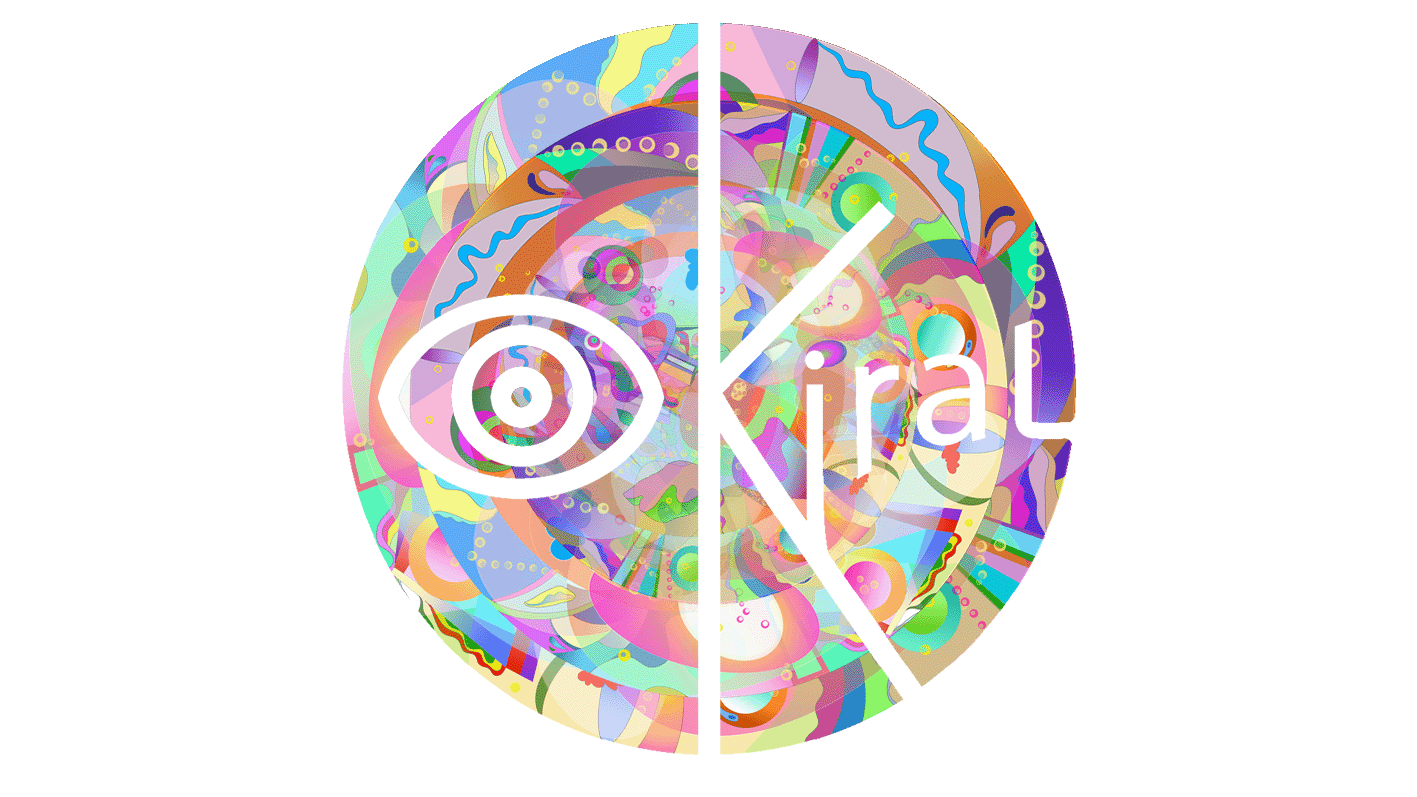TERRACOTTA BLOCKCHAIN
“Terracotta Blockchain” traces a quirky parallel between the Qin Shi Huang’s Terracotta Army and crypto art, refering to discourses designating cryptographic technology as marking a historical turn for art, that is supposedly transitioning from a pre-blockchain to a post-blockchain era with the support of NFTs, mirroring the soldiers from the Qin army that are supposed to protect the emperor in his transition to the afterlife.
Terracotta Blockchain also points at the debates around the notions of multiplicity versus unicity that surround NFTs by refering to the soldiers from the Terracotta army that were made from a limited amount of molds and then individually customized to appear unique. These soldiers required immense amounts of (human) energy to be created, just as NFTs, except that for them, it is electric energy that is needed, creating a huge carbon footprint rather than a monumental cultural footprint.
The “Truth Dealer” mascot; “Moni”, a bunny-like creature, is central to this piece since I use it as a symbol of post-globalisation (cf. Mini-Monies), a phenomenon that might well lead to a new age of empires, a speculation that circles back to the Qin dynasty that established the first empire in China. Indeed, if at a macro level, blockchain, which is the technology enabling NFTs, is presented as a model for an ultimate social, political and economic globalized system, at a micro-level in the context of art, it taps into the post-globalisation narrative of fast self-made micro celebrities such as Beeple that “made it” by overriding the classic institutional model. Moreover, the rabbit is considered as the most lucky symbol in China, luck on which micro celebrity is partly built.
This piece also fits into a broader exploration of the relationship between the concepts of reality and imaginary as the line between both becomes blurrier than ever with the not so new “metaversal” blockchain implications.
